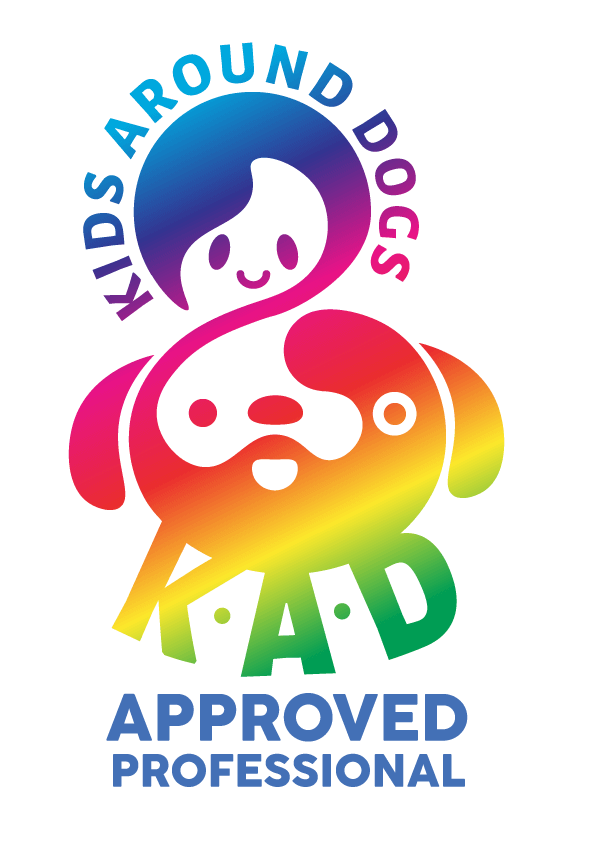Research from the University of Melbourne has just been published which may prove helpful to rescue organisations. The study examined the effects of human contact and toys on fear responses to humans in small breed rescue dogs.
The research, conducted by the Animal Welfare Science Centre, involved ninety rescue dogs split into three groups.
- Group 1 – the ‘control. These dogs experienced the day-to-day routine care and management performed by the rescue centre staff.
- Group 2 – referred to as ‘human contact’. This group of dogs were given 2 minutes of additional human contact with a researcher known as the ‘experimenter’.
- Group 3 – ‘human contact + toys’, received additional human contact which included the opportunity to interact with toys.
The research, published in the latest edition of The Applied Animal Behaviour Science Journal, assessed each group over a period of six days. On day 7, the fear response towards the experimenter was measured by taking samples of the dogs’ saliva to read the cortisol levels – and – a human avoidance test. The behavioural parameters measured in the human avoidance test included: the dogs’ approach and withdrawal responses to the experimenter, as well as the time spent in each section of the pen while the experimenter was situated in three differing positions (2 metres away from the pen, 1 metre away from the pen, and finally – crouched against the pen gate).
The research team found that the ‘human contact’ dogs in group 2 and group 3 ‘human contact + toys’ were happier to spend more time at the front of their pens while the experimenter was crouched against the pen gate, compared to the controlled group that had no additional time with the humans or opportunities to interact with toys. In addition, of those dogs that were not at the front of the kennel when the experimenter was crouched against the gate, 100% of the group 3 dogs approached the experimenter when positioned away from the pen, compared to 85% of the dogs from group 2 and 45% from group one.
The second part of the study involved forty dogs being exposed to the familiar experimenter, as well as an unfamiliar experimenter. This was to examine whether the dogs would discriminate between familiar people and strangers. Each dog received the ‘human contact’ protocol conducted in the first experiment, but were examined twice in the human avoidance test – firstly with the familiar experimenter, then with an unfamiliar experimenter. The results showed that 60% of the dogs approached the unfamiliar experimenter when they were 1 metre away from the pen, compared 29% of the dogs that approached the familiar experimenter in the same position.
The team at the Animal Welfare Science Centre concluded that dogs exposed to additional positive human contact other than the ‘day-to-day’ shelter routine, reduced the behavioural fear response to humans. And, that the rescue dogs did not discriminate between the familiar and unfamiliar humans, suggesting that a degree of stimulus generalisation may occur.
If you would like to find out more about this research click here.
©Hanne Grice
Learn more about our classes

Get Hanne's Book
Playing With Your Dog will help any dog owner work out the games that are best suited for their pet to play throughout his life, from puppyhood to old age. The book also shares some tricks for all ages, group activities, and recommended toys that dogs will enjoy.

























